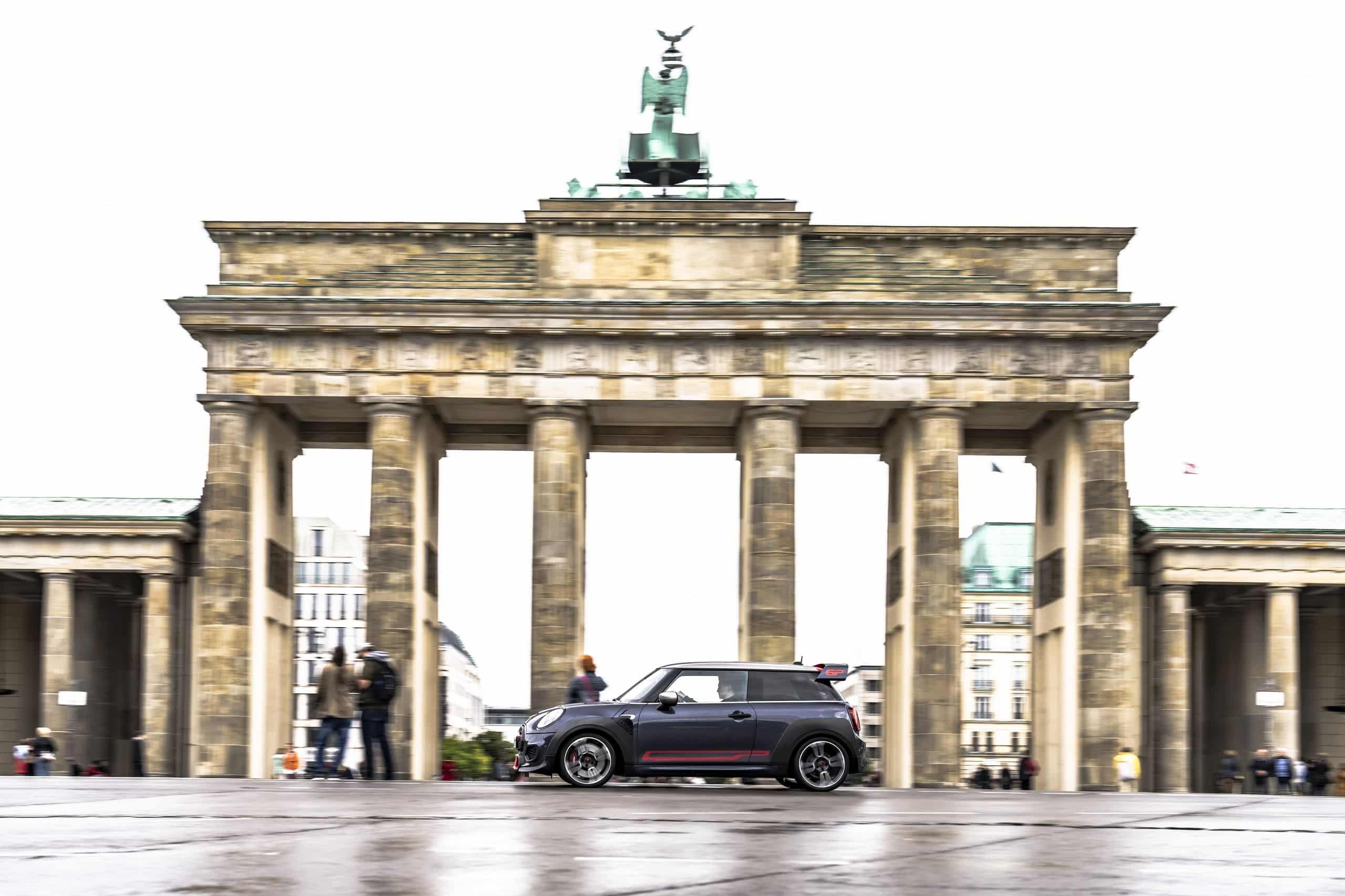No, Berlin will not ban cars, but the idea is taking hold

The mayor of Berlin has dismissed the rumor of a ban on cars in the city center, yet initiatives against automobiles are progressing worldwide.
Should cars be banned in cities? The question sparks debate as environmental awareness grows and city dwellers are increasingly less users of cars. However, no measures have been implemented in major cities, not even in Berlin, despite the circulating rumor.
A simple citizens’ proposal
It all started with a simple tweet. On Twitter, Brent Toderian posted a message (see below) claiming that “Berlin is planning a car-free zone, larger than Manhattan”. He attached an image showing a map of this zone, with a link to the Fast Company website. The site indeed used that headline, but reading the article reveals a different story. The text itself links to a The Guardian article from October 2021.
In the original source, this is presented as a simple proposal, not an actual project by the city of Berlin. Franziska Giffey had already contested this idea before being elected mayor in December.
The initiative is thus led by the citizen group Volksentscheid Berlin Autofrei, which launched a petition. Their idea is not entirely anti-car. The project allows professional utility vehicles or the rental of a car for up to 12 days per year.
The zone corresponds to the ring enclosed by the S-Bahn, covering 88 km², the same area as central Paris. With over 50,000 signatures, the petition achieved its target and is being examined by the German Senate from January to April. If rejected, it must gather 170,000 signatures to be transformed into a referendum.
Fewer cars in cities is already a reality
While the share of cars in transportation remains stable in France, the situation is different in urban areas. The Mobility of People survey shows that trips within Paris have drastically decreased. From 41.5% in 2008, they dropped to only 33.3% in 2019—a third. This is the result of policies reducing car access or road space, as well as promoting reliable and dense public transportation (20-25%), walking (34-38%), or a new 250-million-euro bike plan.
France is not alone. For example, London has implemented a stricter low-emission zone (ZLEV) for several years, larger than the city’s own ZFE. More extreme cases exist. Pontevedra (Spain) is a reference for completely excluding cars while remaining attractive to residents.
Rare cities that are anti-car, but successful
The Slovenian capital Ljubljana, larger in size, decided as early as 2007 to gradually eliminate cars, except for deliveries at limited hours. Ring roads, large parking lots, free buses, pedestrian bridges, bicycles, and electric carts for tourists help compensate for this absence. It has been a success, as almost all residents support the reduction of pollution and noise!
The idea is even emerging in the United States. A Culdesac community is being imagined without cars on the outskirts of Phoenix, Arizona. This eco-neighborhood, connected to metropolitan transportation, only allows ride-hailing services and aims to make living spaces accessible within five minutes. A revolution in a country where cars dominate and urban neighborhoods often have a single function (residential, commercial, industrial).
Read also: Pollution: bike, metro, car… which means of transport is most exposed?
This page is translated from the original post "Non, Berlin n’interdira pas les voitures, mais l’idée fait son chemin" in French.
We also suggestthese articles:
Also read





